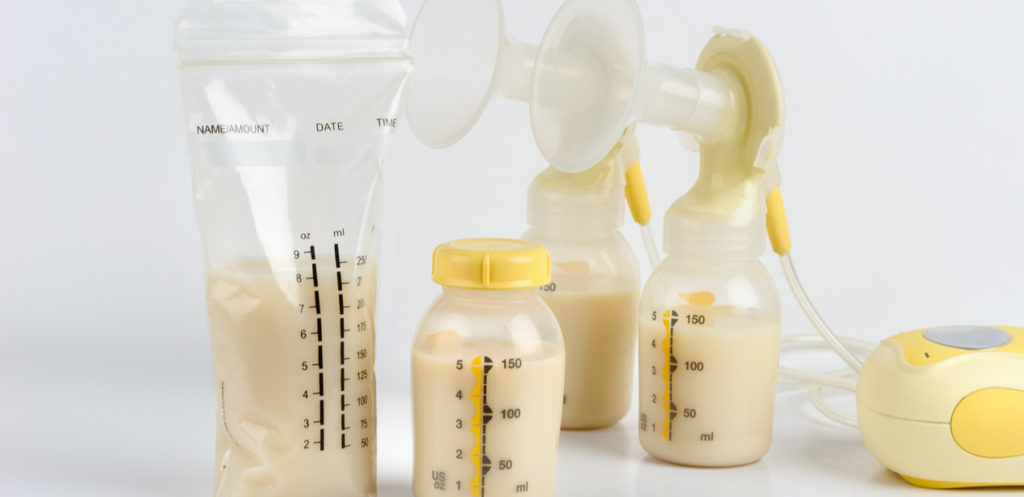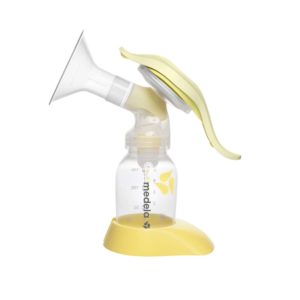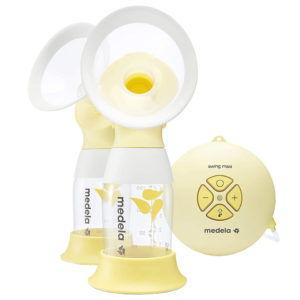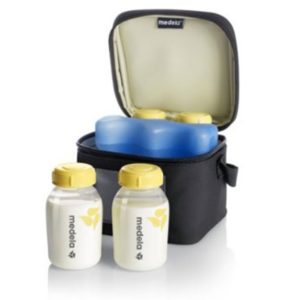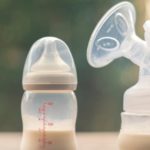Many mothers find it convenient or even necessary to collect their breastmilk and store it to be used at a later time. Such is the case for mothers who are returning to work or school or for mothers who may need to be separated from their infants. The guidelines and the breast milk collection offered below may answer the many questions mothers have about safely storing their breastmilk.
Collecting Breast milk
– Wash hands well with soap and water.
– After breast milk collection, wash all the collecting bottles and breast pump parts that touch your breasts or the milk. Use hot, soapy water or a dishwasher. Rinse carefully. Air dry on a clean towel. When soap and water are not available use Medela Quick Clean™ products. If your baby is premature or ill, the hospital may ask you to sterilize your pump parts.
– Read the instructions book that comes with your pump and follow the suggestions. Sterilize your pump parts once a day as described.
– Practice pumping when you are rested, relaxed and your breasts feel full. Once a day try to breastfeed your baby only on one side and pump the other breast. Or pump for a few minutes if your baby skips a feeding or breastfeeds for only a short while. Read the Breastmilk Storage chart to learn how to store breastmilk. Be sure to use the right size breast shield so that your nipple fits comfortably. Medela makes different sizes of PersonalFit™ breastshields to fit all nipple sizes, from small to extra large.
– Employed moms can help their baby learn to take a bottle once breastfeeding is going well. It is best to wait for three (3) to four (4) weeks to introduce bottles. If you are having problems breastfeeding, ask for help from a lactation consultant or health care provider.
– Begin to pump to store milk one (1) to two (2) weeks before returning to work. Many employed moms use the fresh milk they pump at work for feedings the next day. They refrigerate Friday’s milk for use on Monday. Save your frozen milk for emergencies.
– Pump three (3) times during an eight (8) hour work shift, or every three (3) hours you are away from your baby. Ten minutes of pumping during breaks and 15 minutes of pumping during lunch with a good pump will help protect your milk supply. If you can’t pump three (3) times, pump as much as you can during each day.
– Breastfeeding in the evening and on days off helps maintain your milk supply and protects your special bond with your baby.
Storing Breastmilk
– It is normal for pumped milk to vary in color, consistency and scent depending on your diet. Stored milk separates into layers. Cream will rise to the top. Gently swirl the warmed bottle to mix the milk layers.
– You can continue to add small amounts of cooled breastmilk to the same refrigerated container throughout the day. Avoid adding warm milk to already cooled milk.
– Pumped milk may be added to frozen milk provided it is first chilled and the quantity is less than what is frozen.
– Store your milk in Medela’s breast milk collection bottles or in disposable bags specifically designed for breastmilk, such as Pump & Save™ Bags, by Medela.
– Freeze milk in two (2) to five (5) oz portions. Small amounts will thaw more quickly. You will waste less milk this way and will avoid over-feeding. Aqueous liquids expand when frozen. Be sure to leave some extra room at the top of the container so the bottle or bag won’t burst.
– Seal containers tightly. Write the date on a piece of tape on the bag or bottle. Use the oldest milk first.
Breastmilk Odor and Taste Changes
-
Causes of breastmilk odor and taste changes
Changes in breastmilk odor and taste can be caused by medications, mother’s diet, smoking and exposure of milk to light or cold temperatures during storage. In most cases, infants do not seem to mind odor/taste changes in breastmilk.
-
Odor due to lipase
Some mothers produce milk that, when frozen, develops an off-odor and taste due to a normal breastmilk enzyme called lipase. When thawed, this milk is often described as smelling unpleasant, rancid or soapy. It is safe to use and many infants will accept it. However, some infants may refuse to drink it, either with their first taste or later as they develop taste preferences and volitional (non-reflexive feeding) feeding behaviors.
-
Test prior to freezing
Before freezing large amounts of breastmilk, mothers can test their milk for odor and taste changes due to lipase. Collect and freeze 1-2 bags or small containers of breastmilk for at least 5 days. Then evaluate the odor and see if your infant will drink it.
-
To eliminate lipase-induced milk changes during freezing
If milk changes smell and taste during test freezing, mothers can scald their fresh milk before they freeze it. Scalding milk after it has been frozen will not correct the odor/taste problem.
-
To scald fresh milk:
– Heat it in a pot until tiny bubbles form around the edges of the pan (approximately 180° F).
– Remove the milk from the stove and quickly chill it before freezing.


